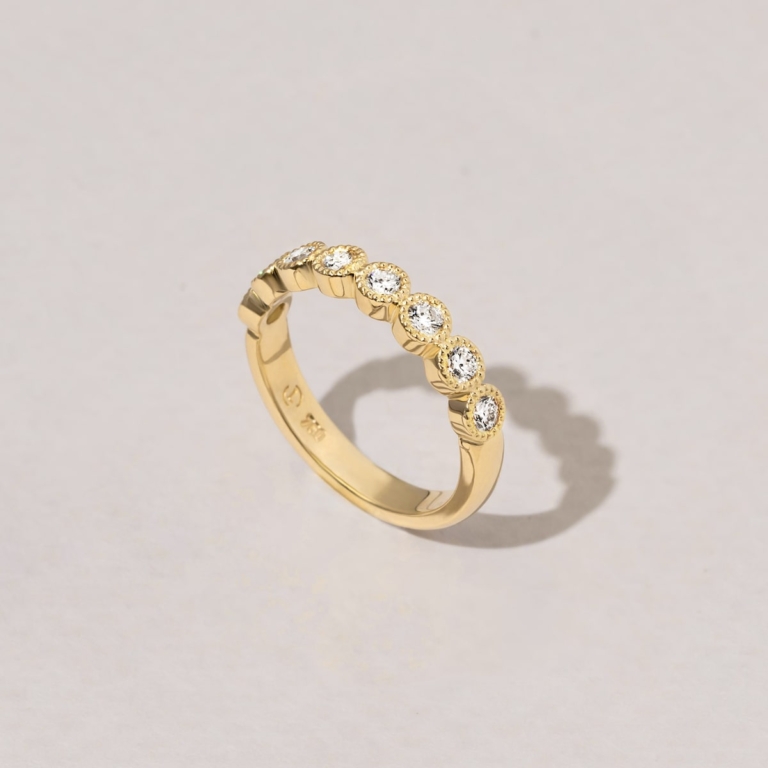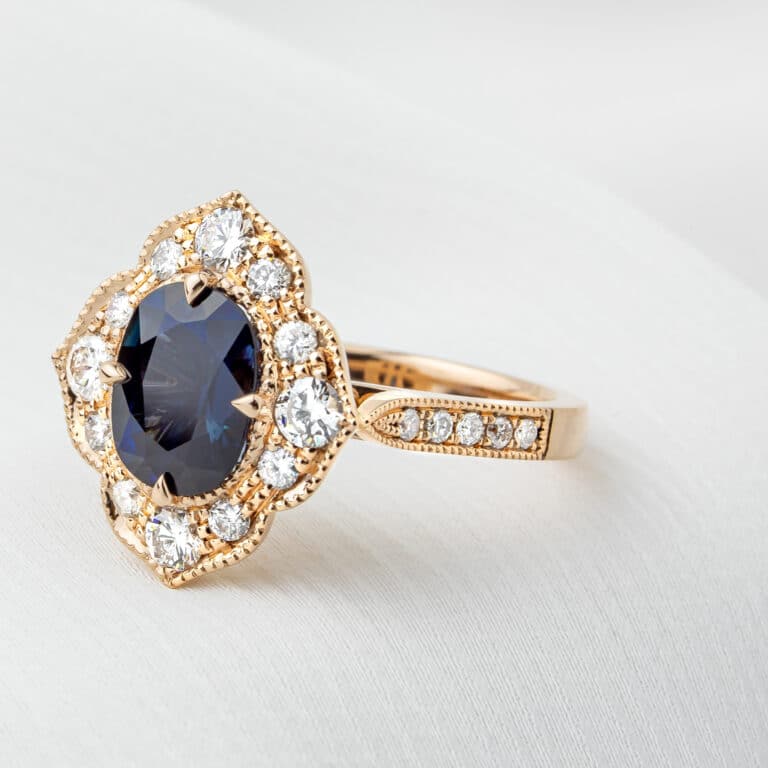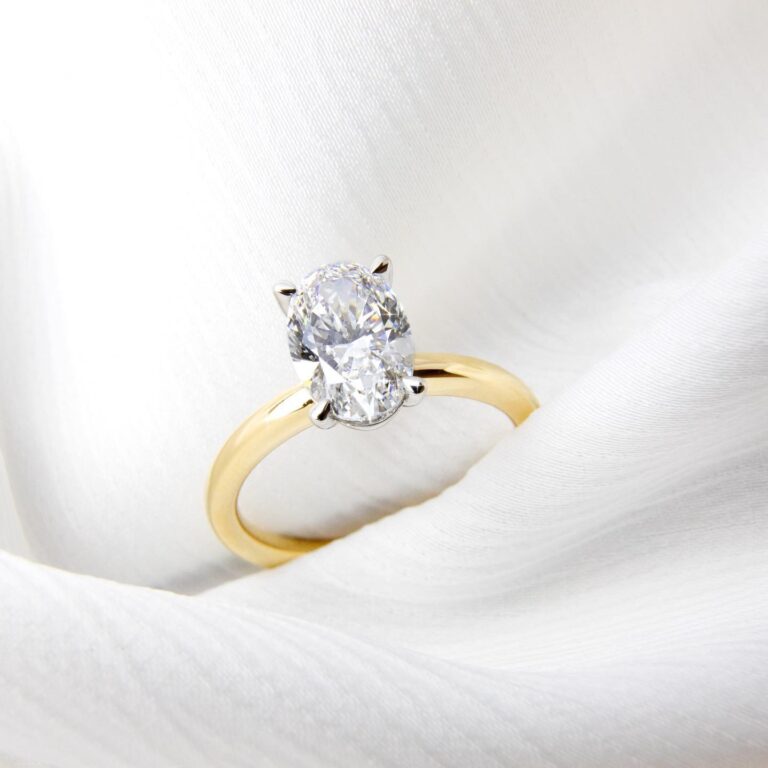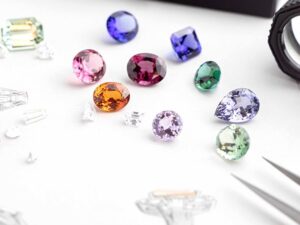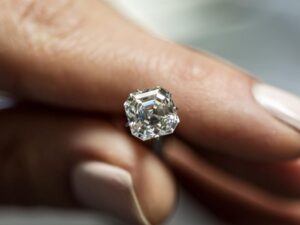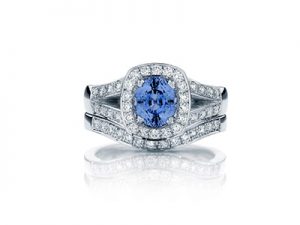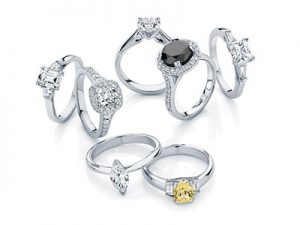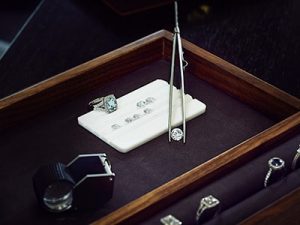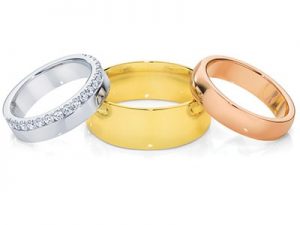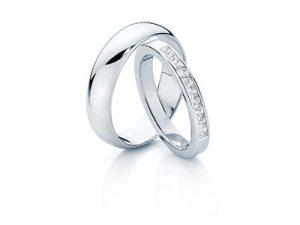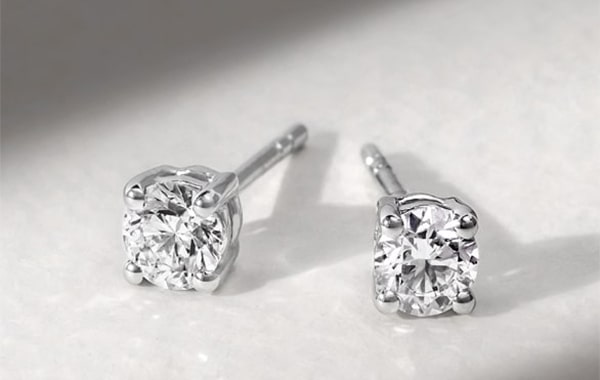What Is the Difference Between Synthetic & Artificial Stones?
January 5, 2023 / Engagement Rings, Jewellery Buying Guide
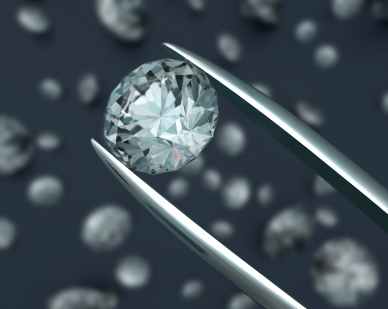 Synthetic and artificial gemstones are alternatives to natural diamonds or gemstones. Your preference between natural or manmade is a personal choice. Synthetic and artificial stones are considerably cheaper, so if budget is a factor, yet you still want a large stone; this may be a reason to select this option. To some, the perfect nature of a synthetic stone can be a deterrent. There is unidentifiable beauty in the little flaws that are found in a natural stone. It is these flaws that are the evidence of the wonder of nature.
Synthetic and artificial gemstones are alternatives to natural diamonds or gemstones. Your preference between natural or manmade is a personal choice. Synthetic and artificial stones are considerably cheaper, so if budget is a factor, yet you still want a large stone; this may be a reason to select this option. To some, the perfect nature of a synthetic stone can be a deterrent. There is unidentifiable beauty in the little flaws that are found in a natural stone. It is these flaws that are the evidence of the wonder of nature.What do the terms synthetic and artificial mean in gemmology?
You may wonder what experts mean when they discuss ‘artificial’ versus ‘synthetic’ gemstones. In basic terms, an artificial gemstone is made in a laboratory and is made to resemble a natural gemstone. It does not have the same chemical, physical or optical properties. A synthetic gemstone, on the other hand, is made in a laboratory using the same chemical composition as naturally occurring stones. However, as their formation is accelerated under artificial conditions they do not always have the same optical properties as their natural counterparts.
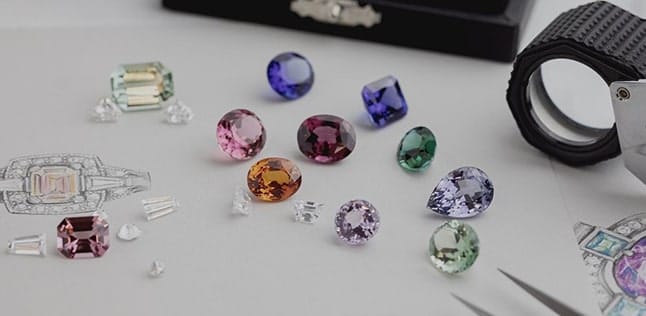
Synthetic Diamonds
Synthetic diamonds are more commonly referred to as lab-grown diamonds. They have the same chemical composition as naturally occurring diamonds but have been man-made in a laboratory. This means their optical performance is identical to that of a natural stone. They are just as sparkly, and more importantly, just as hard and durable as the diamonds we have set in engagement rings for centuries.
The same can’t be said for artificial diamonds. An artificial or imitation diamond is not a diamond at all. They are usually crystals or glass cut to mimic a diamond but they do not share the same properties. Cubic Zirconia and Moissanite are two examples of artificial, or imitation diamonds.
Synthetic Sapphire & Ruby
Synthetic sapphires are also known as lab-grown or man-made sapphires. They are created artificially rather than occurring naturally in the earth. These gemstones have the same chemical composition as natural sapphires, a variety of the mineral corundum. They’re created using advanced techniques, such as the Verneuil process or the flux method. With these processes, scientists are able to mimic the conditions under which natural sapphires form. This results in the production of high-quality synthetic sapphires. The appeal of these lab-grown gemstones lies in their affordability and ethical sourcing. They are free from the environmental and ethical concerns present with the mining of some natural stones. With their stunning array of colours, synthetic sapphires have become a popular and accessible choice. They can be ideal for those seeking a more affordable alternative to large, natural sapphires.

Synthetic Emerald
Similar to synthetic sapphire and ruby, synthetic emerald is created in a laboratory. Also known as lab-grown emeralds, they are artificial gemstones with the same chemical properties as natural emeralds. These lab-grown emeralds are created in controlled environments using advanced scientific techniques.
One of the key advantages of synthetic emeralds is their affordability compared to natural emeralds. Quality emeralds are rare and expensive due to their limited supply and high demand. Additionally, lab-grown emeralds are more durable since they tend to have fewer flaws and inclusions. As a result, synthetic emeralds are not as susceptible to damage and fractures as natural emeralds.
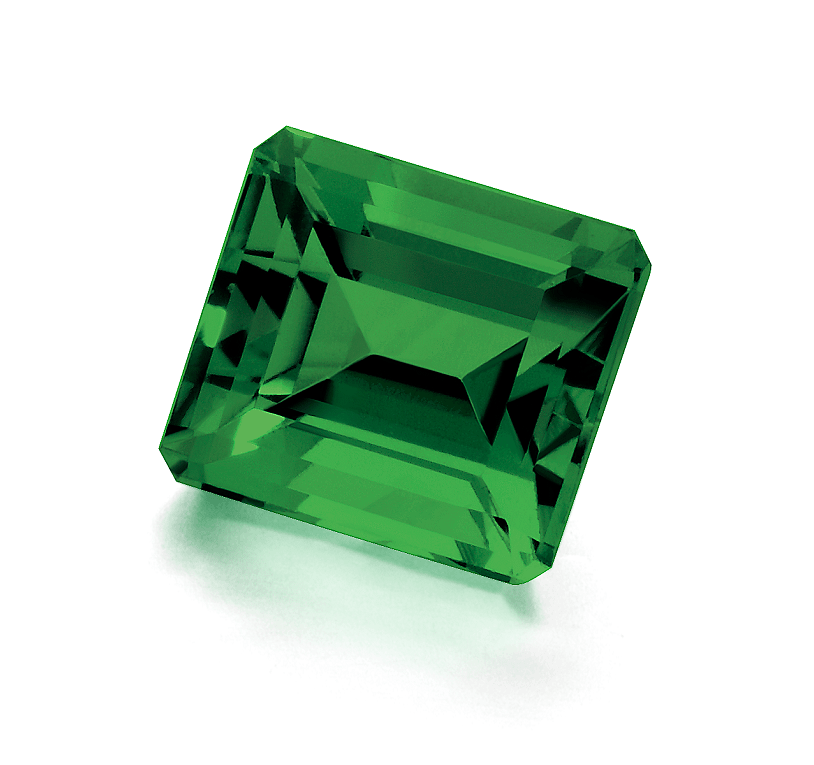
When choosing a synthetic or artificial gemstone, it is important to consider the fragile nature of these stones, especially if your stone will be subjected to everyday wear. Even though to the untrained eye synthetic and artificial stones can look remarkably similar to their natural counter partners, it is important to remember that you can’t compare the hardness to a diamond. A diamond is the hardest natural mineral, which is why they will always be the most desirable choice for an engagement ring.
